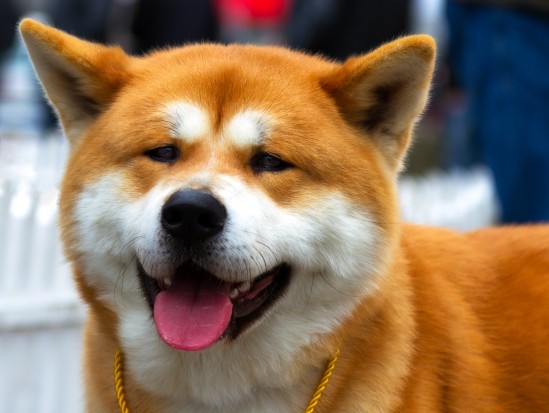
To really understand dog behavior you must first understand the behavior of the dog's ancestor, the wolf.
Wolves have developed over millions of years to become the ultimate co-operative pack hunter. Their bodies and brains, senses and abilities have become adapted to communicating with each other, and they have developed the complex behaviors required to succeed as a social animal.
It is broadly accepted that the wolf is the one and only descendent of the domestic dog, and it therefore standards to reason that dogs have similar instincts and drives to wolves.
Once you accept this, a lot of your dog's behaviors will begin to make sense.
Here are some of the "wolf-like" behaviors you may notice in your dog.
Pack Hierarchy: The wolf pack has a simple, but effective hierarchical structure. At the top is the alpha male and his mate. The rest of the pack is usually made up of their offspring, although it may include other, non-related wolves. All however, unquestionably follow the alpha male.
In the same way, a dog will instinctively follow someone who displays the right leadership qualities. But if he feels that leadership is not present, he'll try to take up the role himself. This is particularly true of breeds with high dominance.
Body Language: Wolves (and dogs) use a complex body language to communicate and usually, this "language" carries more weight than any form of vocalization. Body language uses the tail, ears, eye contact, body movements, posture and facial expressions to get the message across.
These signals are often misunderstood by humans. For example, many assume that a dog who wags his tail is happy, when he may, in fact, be highly agitated and ready to bite.
Territorialism: When a wolf pack stakes out a territory, they'll patrol it and chase off any intruders. You've probably noticed the same behavior in your dog, as he patrols your garden and barks at the gate. He'll also protect other "territory", like his food bowl, favorite toys, or even a person he sees as his "own".
Socialization: Social interaction is very important in a wolf pack as it helps to develop the strong bonds that are vital to the survival of the pack.
You can simulate this with your dog through play, walks and obedience training. But you need to go further, socializing your dog with a broad spectrum of people and other animals, so that he doesn't start to see everyone outside his immediate circle as a threat.
Chasing: The wolf's style of hunting is to run after its prey until the animal becomes exhausted, so they instinctively follow anything moving away from them.
Dogs have this same instinct which is why they love to chase cats, cars, and cyclists.
Fleeing: Even powerful, apex predators like lions, would rather back off than get involved in a fight where they could be seriously injured. Likewise, a wolf or a dog would rather flee than fight if the odds are stacked against him.
Vocalization: A wolf has the same vocal abilities as a dog and contrary to popular belief they do occasionally bark. However, as vocal signals would frighten off prey or alert enemies, wolves tend to use their voices sparingly.
Dogs have no such concerns and employ an extensive vocabulary that includes barking, whining and howling to express their feelings.
Visit dogsanddogtraining.com for dog training tips and dog obedience training advice.
 A Friend Named Thor
I lost my best friend about a year ago and I
A Friend Named Thor
I lost my best friend about a year ago and I
 How To Keep Your Akita From Reacting Badly To The Approach Of Another Dog
How To Keep Your
How To Keep Your Akita From Reacting Badly To The Approach Of Another Dog
How To Keep Your
 More Information On The Unusual Toyger Cat Breed
More Information
More Information On The Unusual Toyger Cat Breed
More Information
 Dog Breeds With Curly Tails
Dog Breeds With C
Dog Breeds With Curly Tails
Dog Breeds With C
 How To Recognise Taurine Deficiencies In Kittens
How To Recognise
How To Recognise Taurine Deficiencies In Kittens
How To Recognise
Copyright © 2005-2016 Pet Information All Rights Reserved
Contact us: www162date@outlook.com